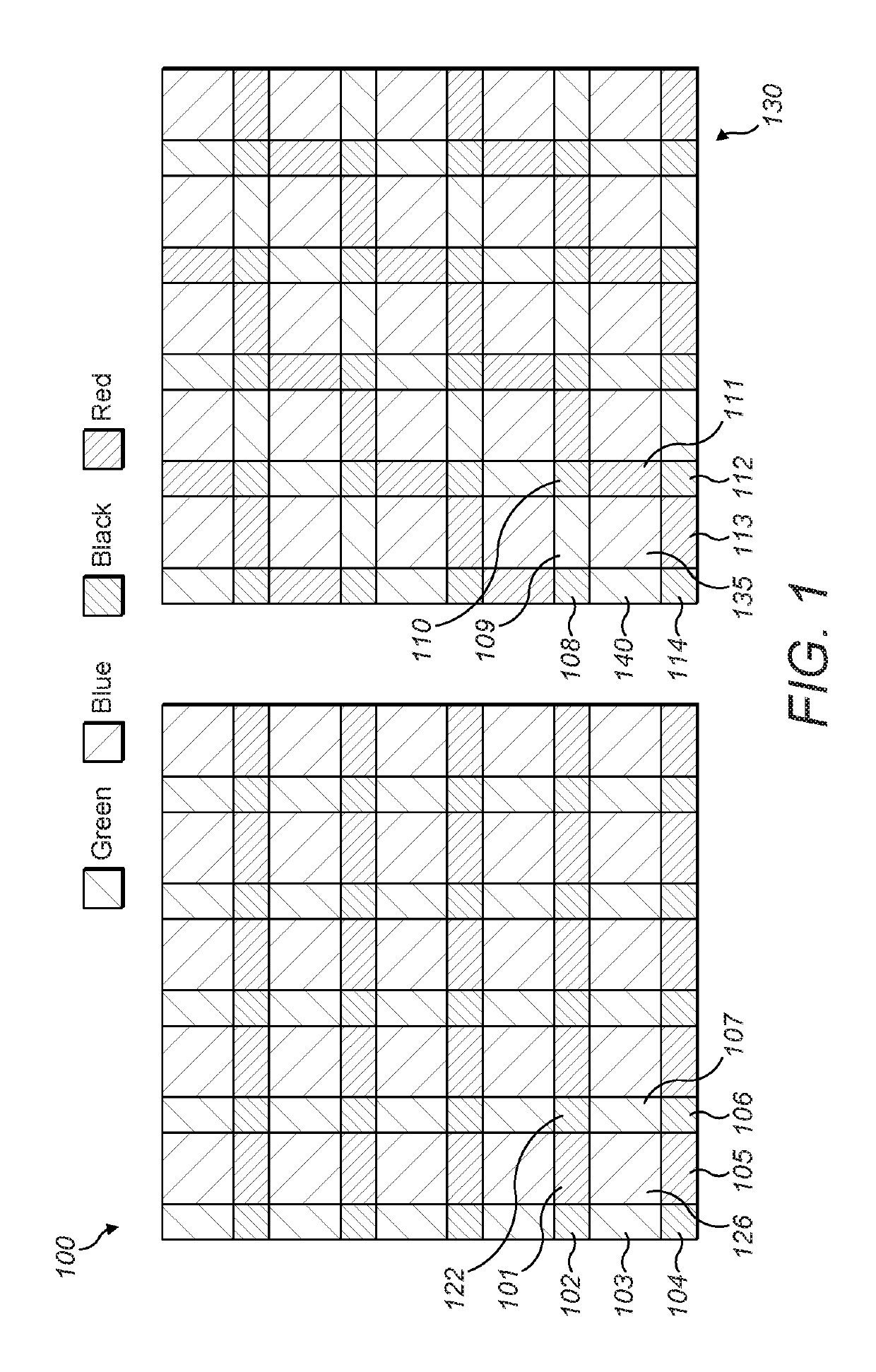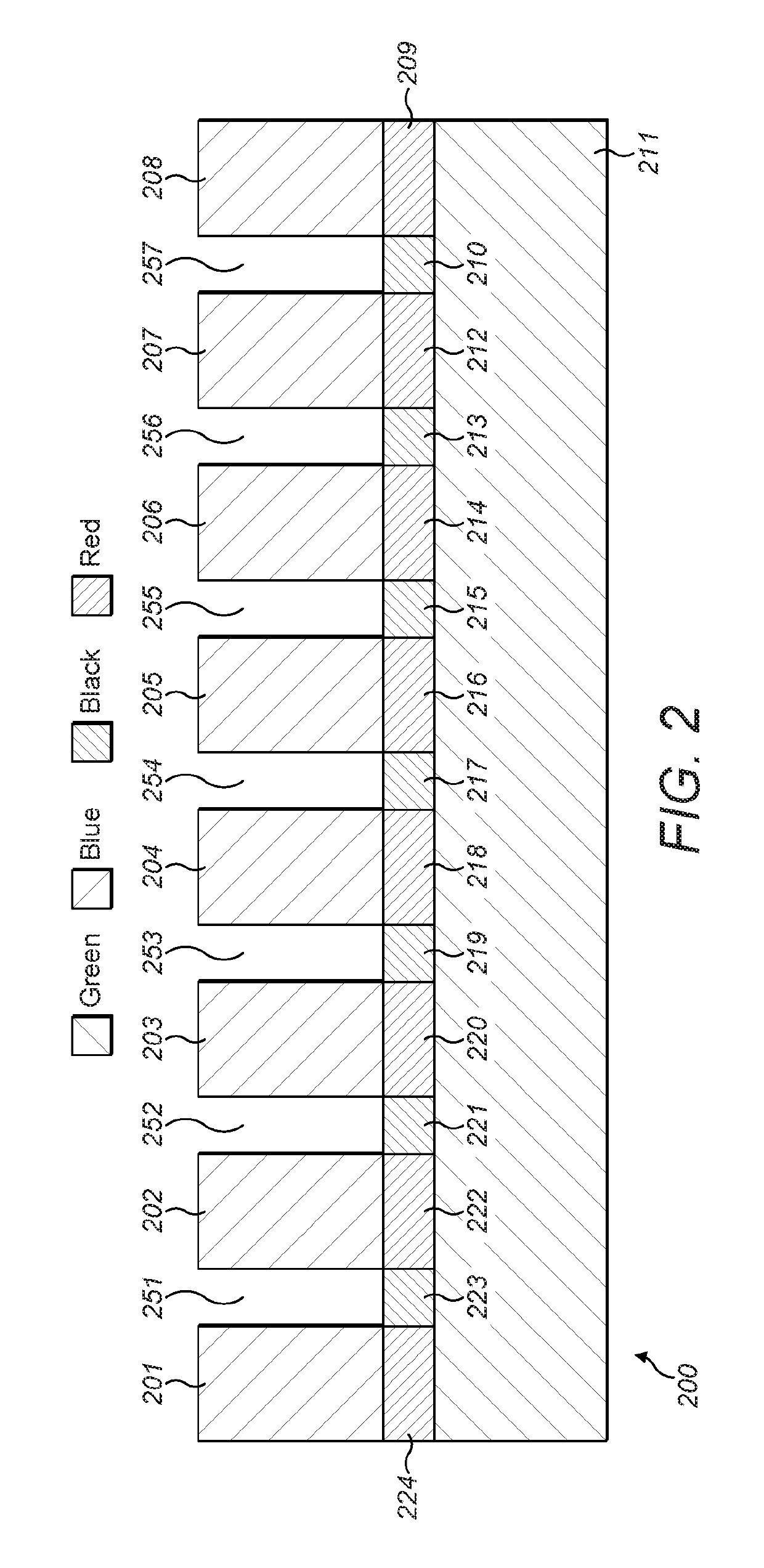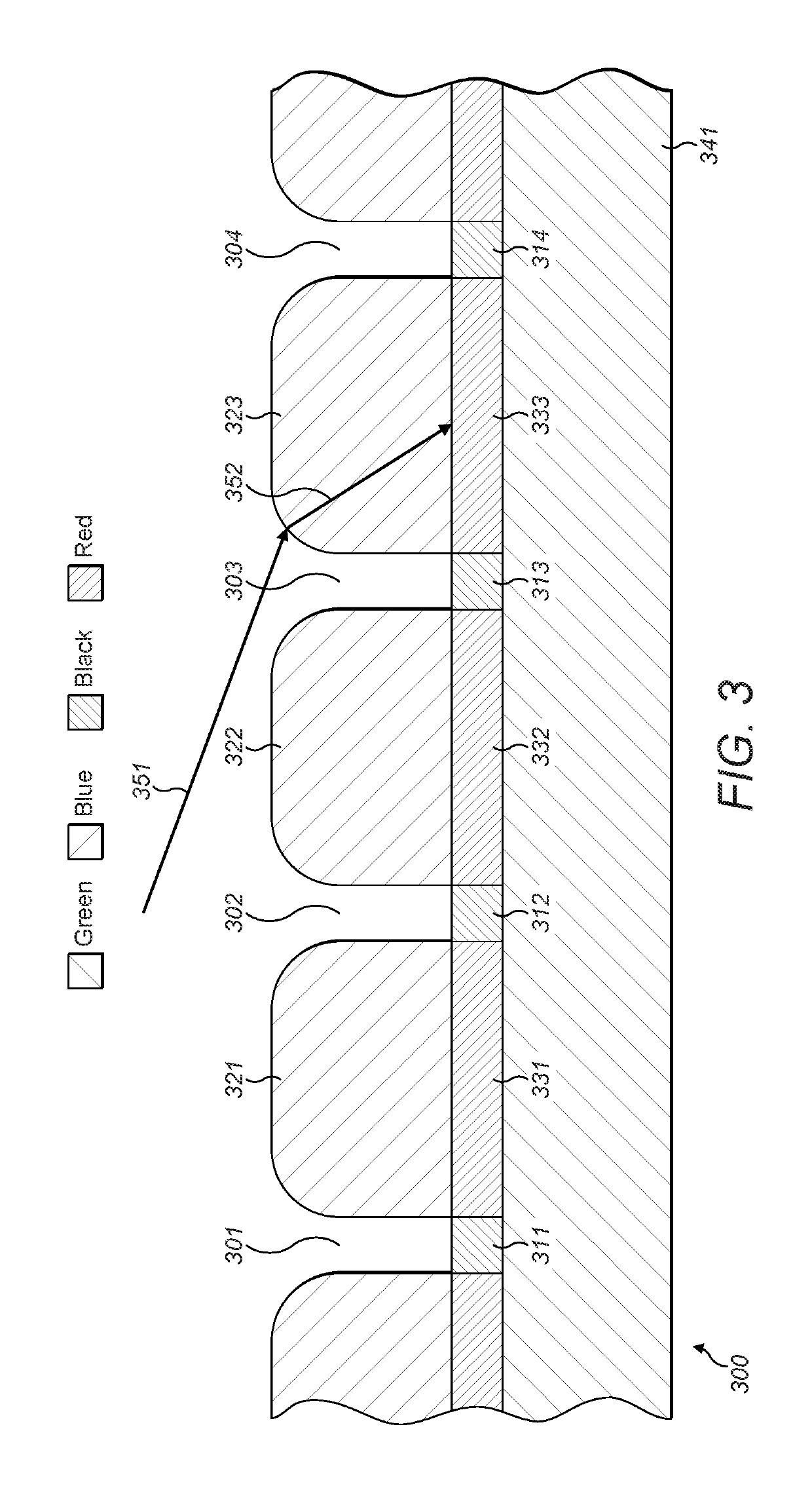Acoustic transducers in haptic systems
a technology of haptic systems and acoustic transducers, which is applied in the field of improved calibration techniques of haptic acoustic transducers, can solve the problems of limiting the level of acoustic control that can be obtained in the center of the surface, increasing the cost of the array, and increasing the complexity of the array
- Summary
- Abstract
- Description
- Claims
- Application Information
AI Technical Summary
Benefits of technology
Problems solved by technology
Method used
Image
Examples
Embodiment Construction
[0020]Described herein are certain techniques for improved acoustic transducers in haptic systems. Some or all of these techniques may be used at the same time or one after the other in order to improve such operation.
I. Integrating Acoustic Transducers into Interactive Surfaces
[0021]1. Transparent or Invisible Acoustic Transducers
[0022]The acoustic elements may be made to be transparent and added on top of the screen surface as an extra layer. This may be achieved by sandwiching multiple thin layers of a transparent conductor, such as indium tin oxide (ITO), with another transparent piezoelectric material such as those based on bismuth titanate. Driving circuitry may also be integrated transparently, by using existing thin film transistor (TFT) technology. Alternatively, the piezoelectric material may be opaque and deposited around the edge of another transparent, light emitting or optically active element or group of elements. By doing this, it is possible to allow this area to vi...
PUM
 Login to View More
Login to View More Abstract
Description
Claims
Application Information
 Login to View More
Login to View More - Generate Ideas
- Intellectual Property
- Life Sciences
- Materials
- Tech Scout
- Unparalleled Data Quality
- Higher Quality Content
- 60% Fewer Hallucinations
Browse by: Latest US Patents, China's latest patents, Technical Efficacy Thesaurus, Application Domain, Technology Topic, Popular Technical Reports.
© 2025 PatSnap. All rights reserved.Legal|Privacy policy|Modern Slavery Act Transparency Statement|Sitemap|About US| Contact US: help@patsnap.com



